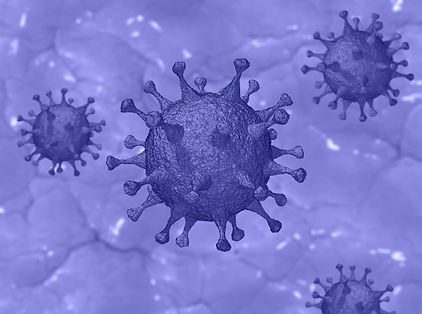Books, Publications, and Articles

-
Allen, L.J.S.. Mathematical Epidemiology. Germany, Springer Berlin Heidelberg, 2008.
-
Brauer, Fred, and Castillo-Chavez, Carlos. Mathematical Models in Population Biology and Epidemiology. United States, Springer New York, 2013.
-
Heesterbeek, J. A. P., and Diekmann, O.. Mathematical Epidemiology of Infectious Diseases: Model Building, Analysis and Interpretation. United Kingdom, Wiley, 2000.
-
Li, Michael Y.. An Introduction to Mathematical Modeling of Infectious Diseases. Germany, Springer International Publishing, 2018.
-
White, Richard, and Vynnycky, Emilia. An Introduction to Infectious Disease Modelling. United Kingdom, OUP Oxford, 2010.
-
Brauer, Fred. “Mathematical Epidemiology: Past, Present, and Future.” Infectious Disease Modelling, Elsevier, 4 Feb. 2017, www.sciencedirect.com/science/article/pii/S2468042716300367?via=ihub.
-
G. Ledder & M. Homp (2020): Using a COVID-19 Model in Various Classroom
Settings to Assess Effects of Interventions, PRIMUS, DOI: 10.1080/10511970.2020.1861143 -
NJ. Cox, K. Subbarao, et al. “Estimates of the Reproduction Number for Seasonal, Pandemic, and Zoonotic Influenza: a Systematic Review of the Literature.” BMC Infectious Diseases, BioMed Central, 1 Jan. 1970, bmcinfectdis.biomedcentral.com/articles/10.1186/1471-2334-14-480.
-
Thompson, Robin N. “Epidemiological Models Are Important Tools for Guiding Covid-19 Interventions.” BMC Medicine. BioMed Central, May 25, 2020. https://bmcmedicine.biomedcentral.com/articles/10.1186/s12916-020-01628-4.
-
“New Covid-19 Cases Worldwide.” Johns Hopkins Coronavirus Resource Center. Accessed August 7, 2021. https://coronavirus.jhu.edu/data/new-cases.
-
Society, The Royal. “Reproduction Number (R) and Growth Rate (r) of the COVID-19 Epidemic in the UK.” The Royal Society, 24 Aug. 2020, royalsociety.org/-/media/policy/projects/set-c/set-covid-19-R-estimates.pdf?la=en-GB&hash=FDFFC11968E5D247D8FF641930680BD6.
-
https://doi.org/10.6084/m9.figshare.16608496.v1 --> DOI Link to Analysis, interpretation and evaluation of COVID-19 using mathematical modeling
